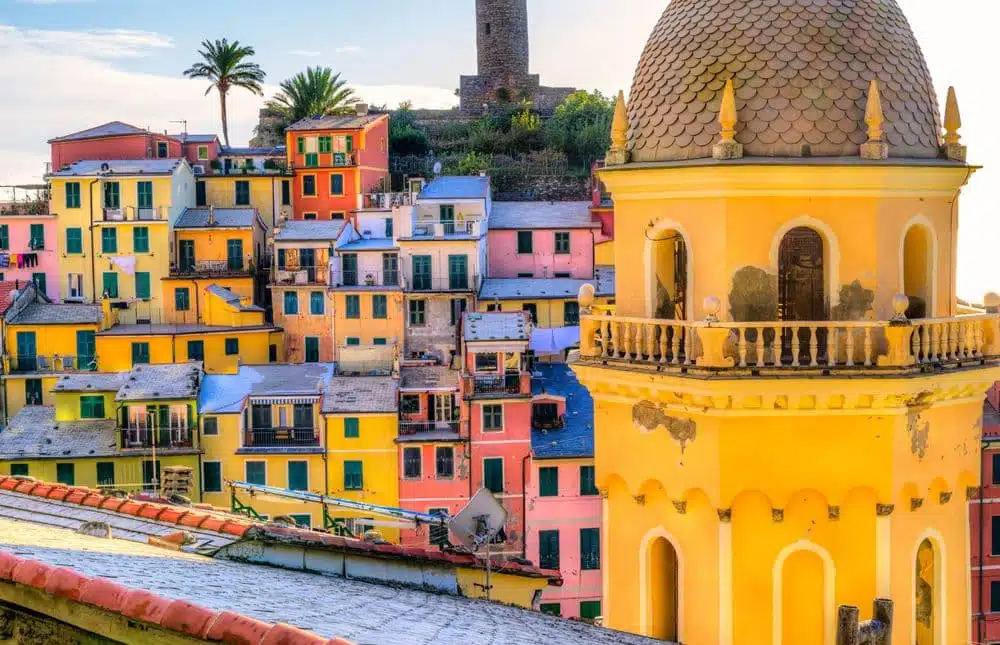Six wonders to explore in the Riviera and Tuscany
Fishing villages perched above the water, hidden islands, brightly coloured houses, old-world fortresses, unspoilt nature and more. From the jagged, rocky Ligurian coastline of the Italian Riviera to the long, flat, sandy beaches where Tuscany meets the Tyrrhenian Sea, the western coastline of the Italian boot offers unparalleled beauty.
The Cinque Terre: the hanging gardens of the Italian Riviera
On the coast between Levanto and La Spezia lies a UNESCO World Heritage Site comprising five “lands”or villages: Monterosso al Mare, Vernazza, Corniglia, Manarola and Riomaggiore.These five medieval wonders huddle below a steep ridge, crowned with abundant nature, overlooking the crystal-clear waters of the Mediterranean Sea. Clinging to the cliffside, with their colourful buildings and fishing ports nestled in coves, the villages are quite the architectural feat! Connected by pleasant trails, these picturesque paesi form the graceful spine of a typically Mediterranean national park, with aloes, broom, holm oaks and maritime pines, sculpted by the wind. Nature here smells sweet with lemons, grapes, rosemary and lavender. It is a spectacular sight to behold from the sea!
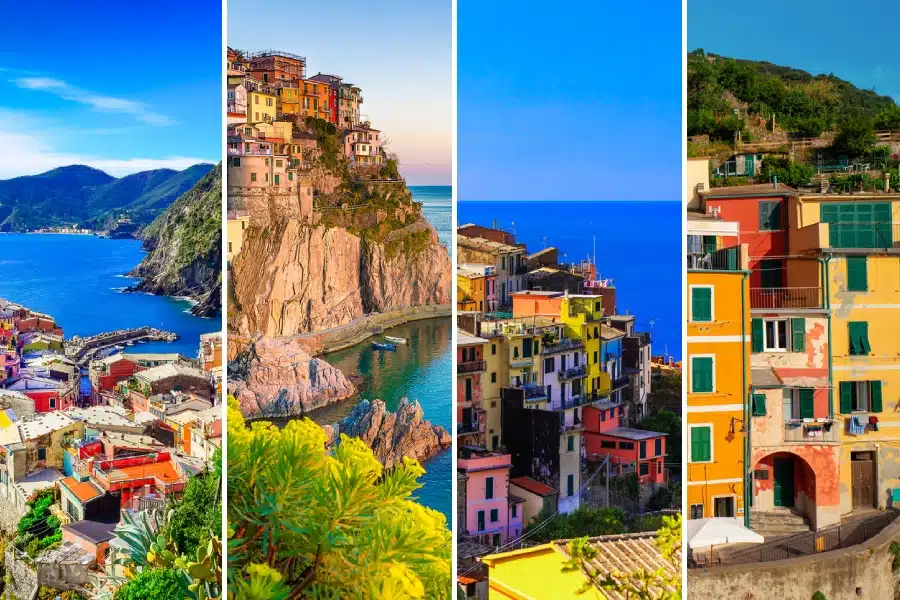
The “sixth” Cinque Terre village… Porto Venere
Keeping a lower profile than its older sisters in the Cinque Terre, Porto Venere is a charming lost paradise unspoilt by crowds. At the southern tip of the Cinque Terre National Park, the village watches over the “Gulf of Poets“, praised by Lord Byron and Dante, among others. With its wall of tall, multicoloured houses, Porto Venere stood as the stronghold of the Republic of Genoa in the Middle Ages, against the invading forces from the Republic of Pisa. Behind these “ramparts” lies a tangle of alleyways, with the medieval Castello Doria towering above. Another landmark is the San Pietro church. Perched on a rocky outcrop, it offers an incredible view of the three Ligurian sentries that swim offshore: Palmaria, Tino and Tinetto. These three hidden island gems promise natural beauty and remarkable monastic remains.
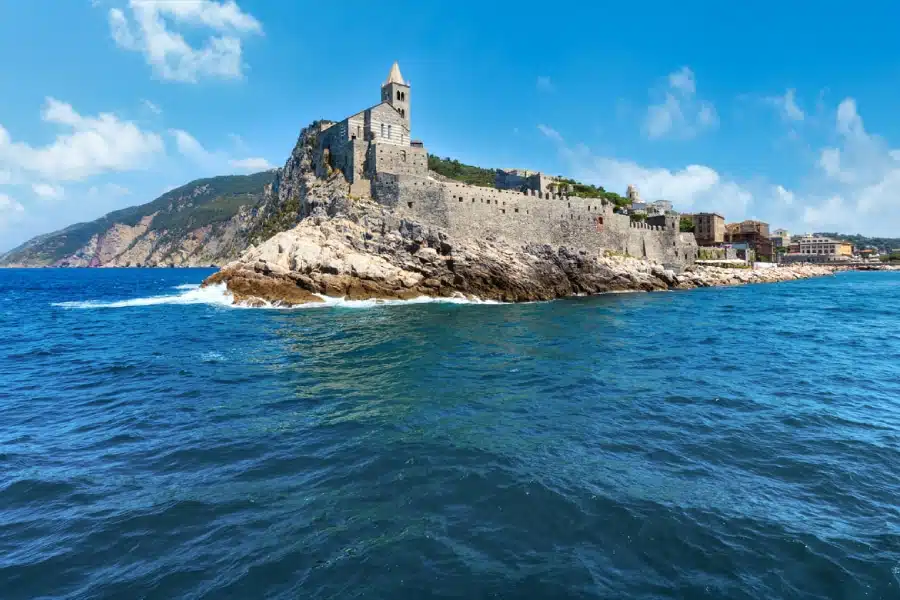
Tuscan white gold: Carrara marble
Trajan’s Forum, the Pantheon in Rome and the sculptures of Michelangelo, Canova, Bernini and more: the stories of all these masterpieces began in the quarries of Carrara, along the slopes of the Apuan Alps. An exceptionally pure marble has flowed in the veins of these Tuscan mountains since ancient times. These veins are now largely exposed, shining bright white on the mountainside. From the beaches of Marina di Carrara below, you could easily mistake them for snow! Today, anyone can enjoythis Tuscan white gold at the Museum of Marble in Carrara, and in its natural state, during an excursion to explore the vast quarries that takes you out into the open air and underground. This memorable tour leaves no stone unturned!

Enjoy the dolce vita toscana in Viareggio and Porto Santo Stefano
Along the shores of northern Tuscany lies the glamorous Viareggio, a model of bathing culture. Built to provide the Republic of Lucca with access to the sea, it is now home to 10 km of fine sandy beaches. The lovely boardwalk, La Passeggiata, is the beating heart of the city, which starts racing every winter during the famous Viareggio Carnival. Another Tuscan treat is Porto Santo Stefano, on the Monte Argentario peninsula. Its narrow alleyways, which climb the hillside in terraces to its impressive 17th-century Spanish fortress, make it one of the most authentic villages in southern Tuscany. Beyond its walls, a panoramic road follows the Argentario headland offering a string of stunning landscapes. Between the peninsula and the coast, two ribbons of sand surround the small town of Orbetello and its lagoon, a natural paradise for many migratory birds.

Elba: the beauty of the Tyrrhenian Sea
A wonder floating off the coast of Piombino, the island of Elba still has plenty of mysteries in store. Although some may recognise its name as the site of Napoleon’s 300-day exile in 1814, the largest island of the Tuscan Archipelago is still little-known. With jagged coastlines and mountainous terrain surrounded by forests, fragrant scrubland, pebble coves and sandy beaches, nature in Elba is wild and unspoilt. So much so that whales and dolphins sometimes dare to venture within a stone’s throw of the shore. Located in the western part of Elba, Monte Capanne is the highest point on the island at 1,019 metres. But Portoferraio is where you get your first impression of the island as you arrive at the port. Surrounded by imposing Medici walls, the pastel-hued city is home to impressive historical heritage: from the Porta a Mare and Palazzo Comunale to Fort Stella and Fort Falcone which overlook the city. Between the two lies Villa dei Mulini, Napoleon’s winter residence, where the Emperor’s presence can still be felt. It also offers a stunning sea view!
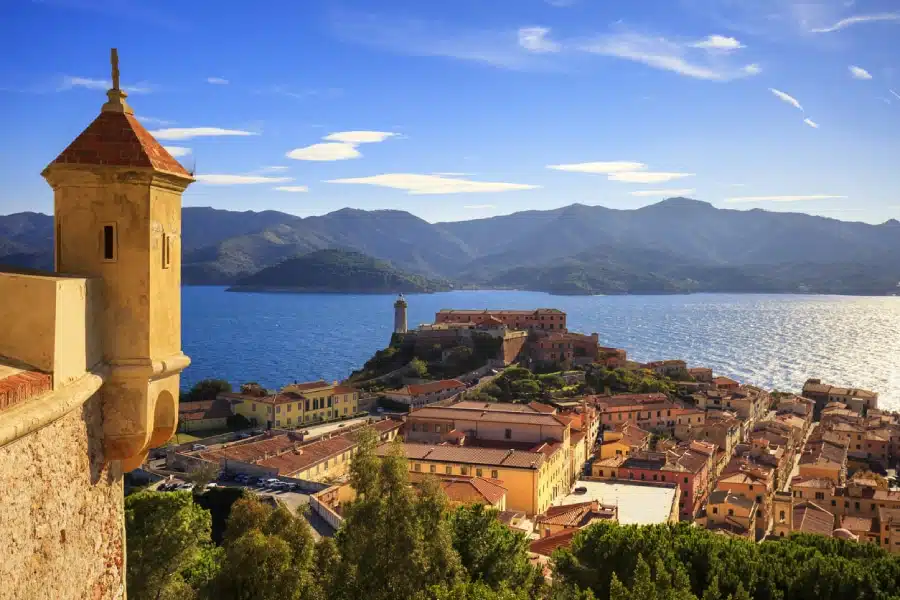
Portofino, where the land meets the sea
On the Ligurian Riviera, head to this small village on the tip of the Portofino peninsula. In the words of Guy de Maupassant, it “stretches crescent-shaped along the edge of this calm bay”. Portofino offers colourful houses, an elegant marina and a Piazzetta dotted with cafés. On the hills of the village, a path winds from the church of San Giorgio, the patron saint of the city, to the lighthouse of the Punta del Capo, facing the sea and the Gulf of Tigullio. But that’s not all, Portofino also lends its name to an exceptional natural park with many hiking trails to explore on foot and an equally fascinating marine reserve. They are home to fantastic nature that is both protective and protected.
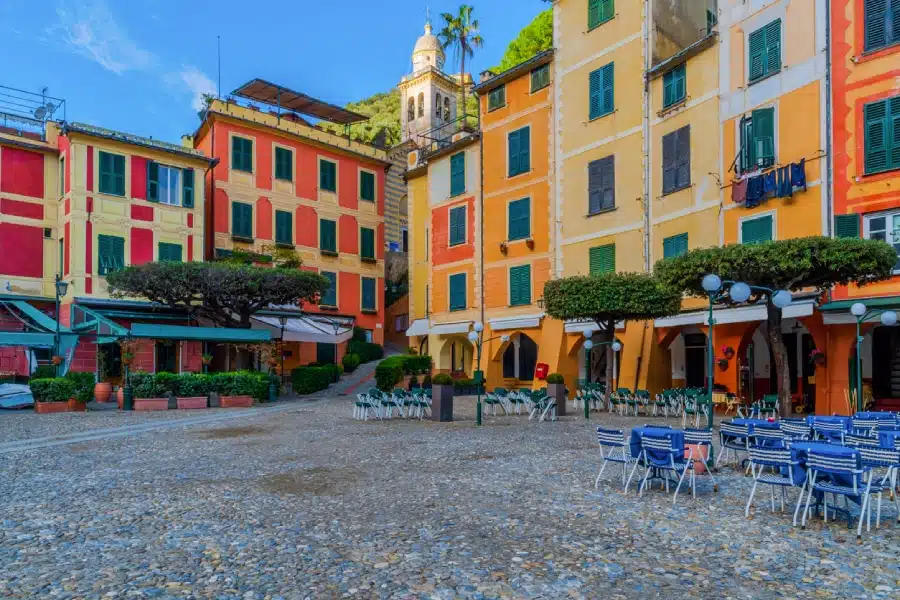
Photo credit: ©iStock

PONANT takes you there
Meander along the Italian coastline and sample the delights of the dolce vita

